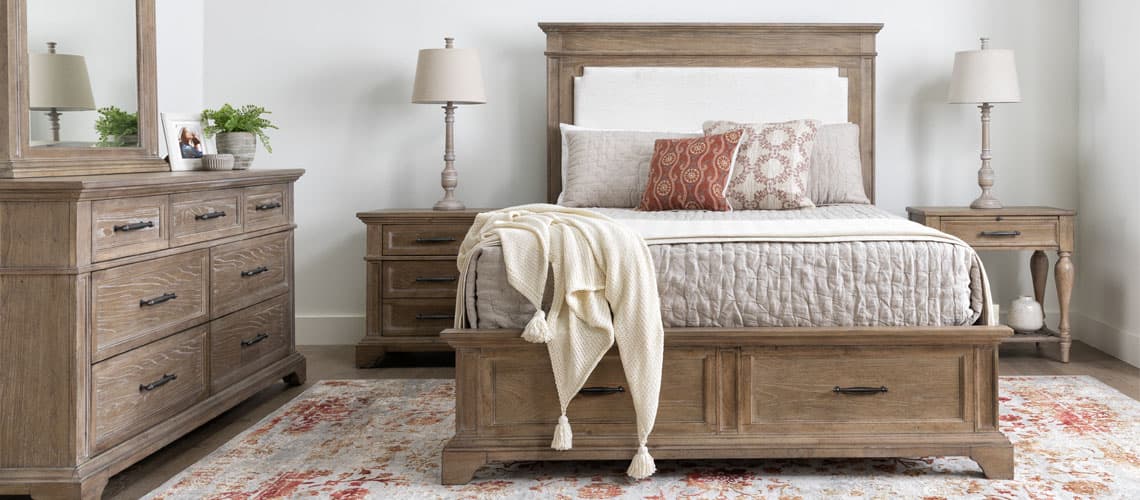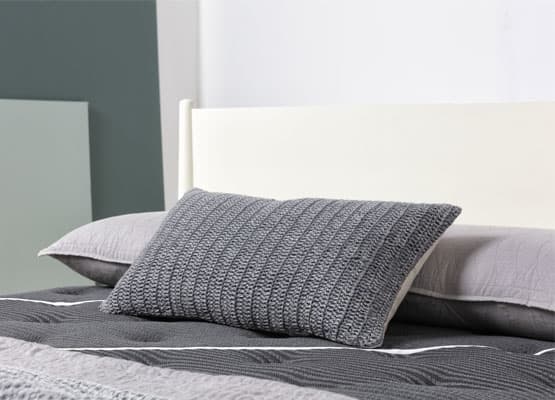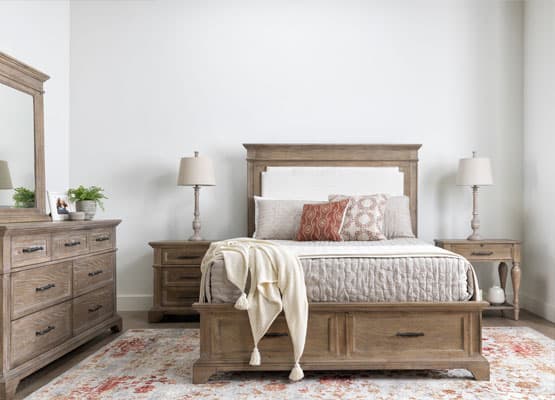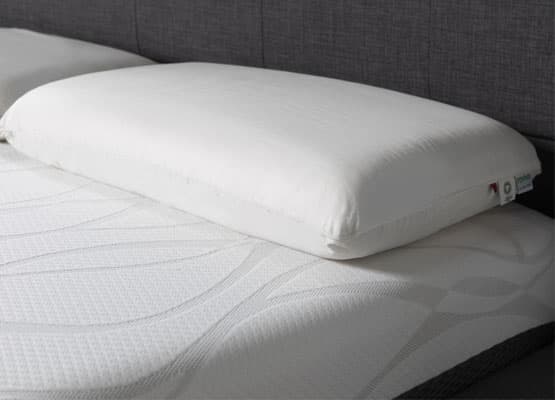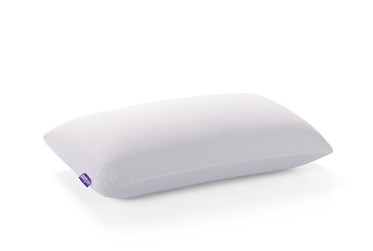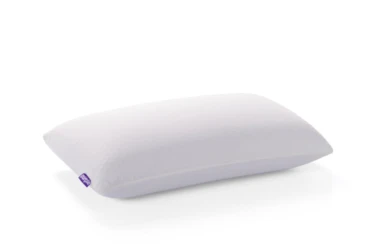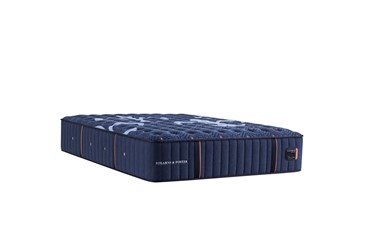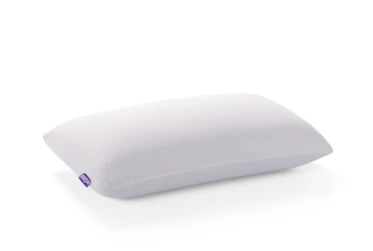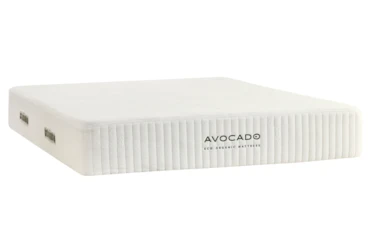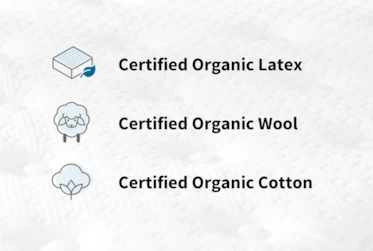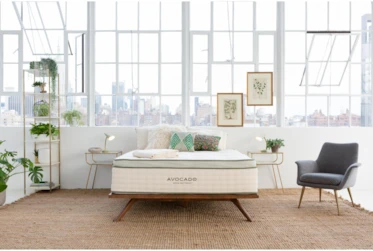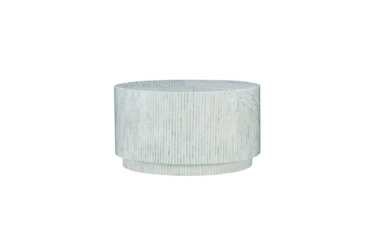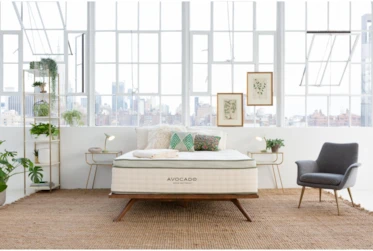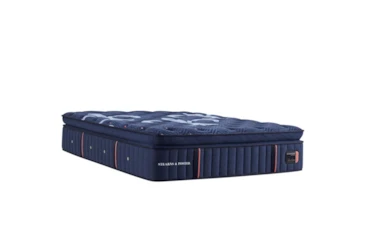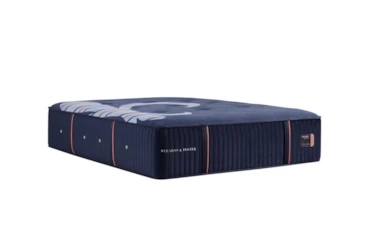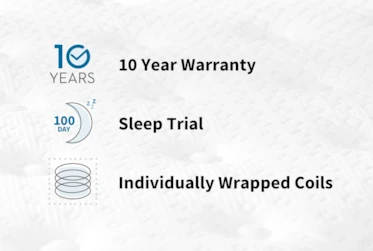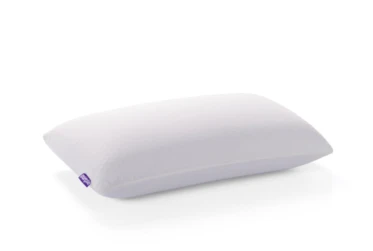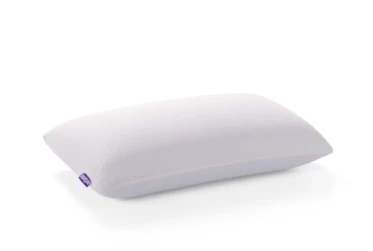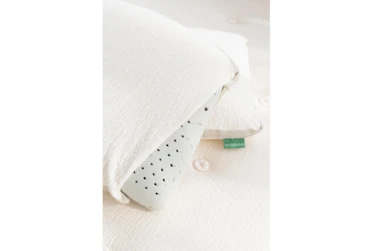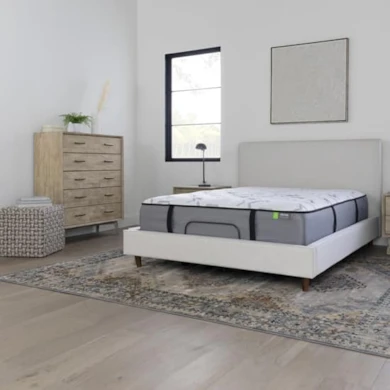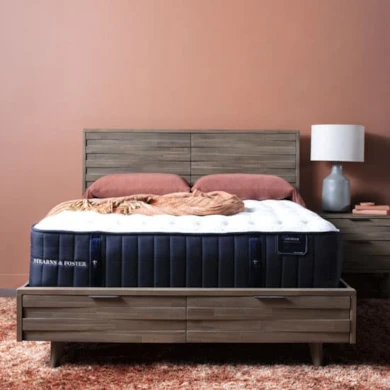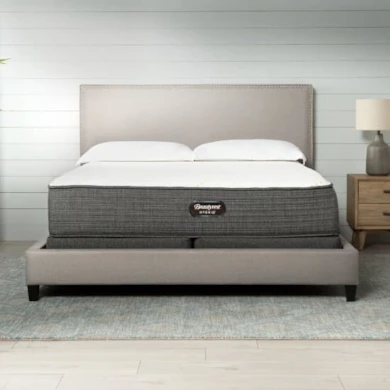What Is a Latex Mattress? (The Complete Guide)
What Is Latex Material?
Latex is a type of natural rubber. It is mainly sourced from rubber trees, which are Amazon native and cultivated across the world. For thousands of years, the soft white sap from rubber trees (today, we refer to the substance as ‘rubber’ or ‘latex’) has been used for everyday essentials like shoes and clothing. Tapping for rubber involves cutting the bark of the tree and filling cups with the natural sap that pours out. After harvesting, rubber trees can continue to produce this type of sap for decades. The standard latex sourcing process does not involve any harm of a rubber tree; it is this reason that natural latex is a popular and sustainable choice for material.
How Does a Latex Mattress Work?
Latex mattresses can come in many forms: there are some varieties that contain a mixture of foam and latex, other varieties that are latex and pocketed coils and still others that are only latex. In all varieties, the latex component is a layer similarly sized to the kind of layer you would find in a foam mattress. Essentially, the “latex” part of a latex mattress is simply a thick sheet (or layer) of latex material; since latex is naturally open-cell, this sheet (or layer) makes for a cooler, more breathable night’s sleep than other mattress types. (The fact that the core and surface of a latex mattress is also punctuated with pinholes only adds to the breathability.) When it comes to tangibly feeling a latex mattress, you can expect all the natural properties of latex: cushiony, supportive and pressure-relieving.
Latex Mattresses vs. Memory Foam Mattresses
Latex and memory foam are each unique and present their own benefits. If you’re deciding between the two, keep these points in mind:
- Latex is all-natural. Latex material is sourced from the natural rubber sap of the Hevea brasiliensis tree. While memory foam cells are synthetically produced, latex is not. This makes a latex mattress more environmentally friendly and more sustainable than an all-foam mattress.
- Memory foam feels more contouring. While latex is contouring, it’s not as contouring as a memory foam mattress. If you’re after that slow-sink-in feel, go with memory foam.
- Latex offers more breathability. A latex mattress comes with pinholes throughout its composition, allowing for airflow – but this isn’t the only reason why a latex mattress is considered the most breathable, cooling mattress type available: it’s also because latex is naturally open-cell. Sleeping on a latex mattress is a great option for those living in hot climates, as a cooler night’s sleep is almost always a guarantee.
- Latex offers more bounce. Latex is more similar to innersprings in feel than it is to slow-contour memory foam, since the material is both naturally bouncy and soft-and-cushiony.
How Long Does a Latex Mattress Last?
Just because a latex mattress is made of natural components does not mean it won’t last very long. (In fact, the natural material means just the opposite – a quality latex mattress beats out memory foam and innerspring for lifespan, every time.) With a latex, you can expect to keep your mattress for anywhere between ten and twenty years. This lifespan depends on a variety of factors, such as whether you use a mattress protector and foundation, how much you weigh and how tall you are, and the quality of the latex material. While a natural, quality latex mattress may come at a higher price than foam and springs, many customers feel that the outstanding longevity makes it worth the extra money. (In other words: you can go for a longer period before having to buy a new mattress – actually saving you money in the end!)Why Choose a Latex Mattress?
Latex mattresses last a long time. (Not ten years, not fifteen years, but up to twenty years!) Given that you will be properly caring for it, buying a latex mattress for the first time means that you won’t have to think about buying a new mattress for another two decades. This fact alone, the quality of a latex mattress, makes the higher-end price tag worth it, but it’s not the only reason you should consider a latex mattress. Latex is naturally-sourced; it’s not artificial, not toxic and the standard sourcing process is environmentally safe. There’s no funky chemicals or hard-to-pronounce components in a latex mattress – what you see is what you get. Finally, a latex mattress is comfortable. Latex material is naturally cool since it’s open-cell and punctuated with pinholes, but it also brings a unique cushiony feel that’s both pressure-relieving and supportive. To summarize, latex is cost-effective, sustainable, comfy and the best mattress type available that money can buy.
Other Materials in Latex (and Other) Mattress Types
Latex usually doesn't work alone. In a latex mattress, it's common to find layers of wool, especially in Avocado mattresses. When the wool is completely natural and organic, it naturally wicks away moisture, resists dust mites, controls temperature and keeps fresh. Wool is also a natural fire barrier, which can help you sleep easier knowing your mattress is helping to protect you — without chemicals. Finally, wool is anti-microbial, meaning it naturally stops microorganisms from growing. Because of wool's natural temperature-regulation, it's a perfect complement to latex; the two materials work wonders together in creating a cool and breathable mattress.
Cotton is another rockstar for breathability and knowing you're sleeping on a safe mattress. Cotton is naturally cool, naturally moisture-wicking and is more sustainable than other materials. Pure cotton, without polyester, makes for the best natural and pure pairing in a mattress with latex and/or wool.
Shop Latex
— More Great Articles —
Latex, Foam & More
Read the Latest
Editorial Disclaimer: Articles featuring tips and advice are intended for educational purposes and only as general recommendations. Always practice personal discretion when using and caring for furniture, decor and related items.
